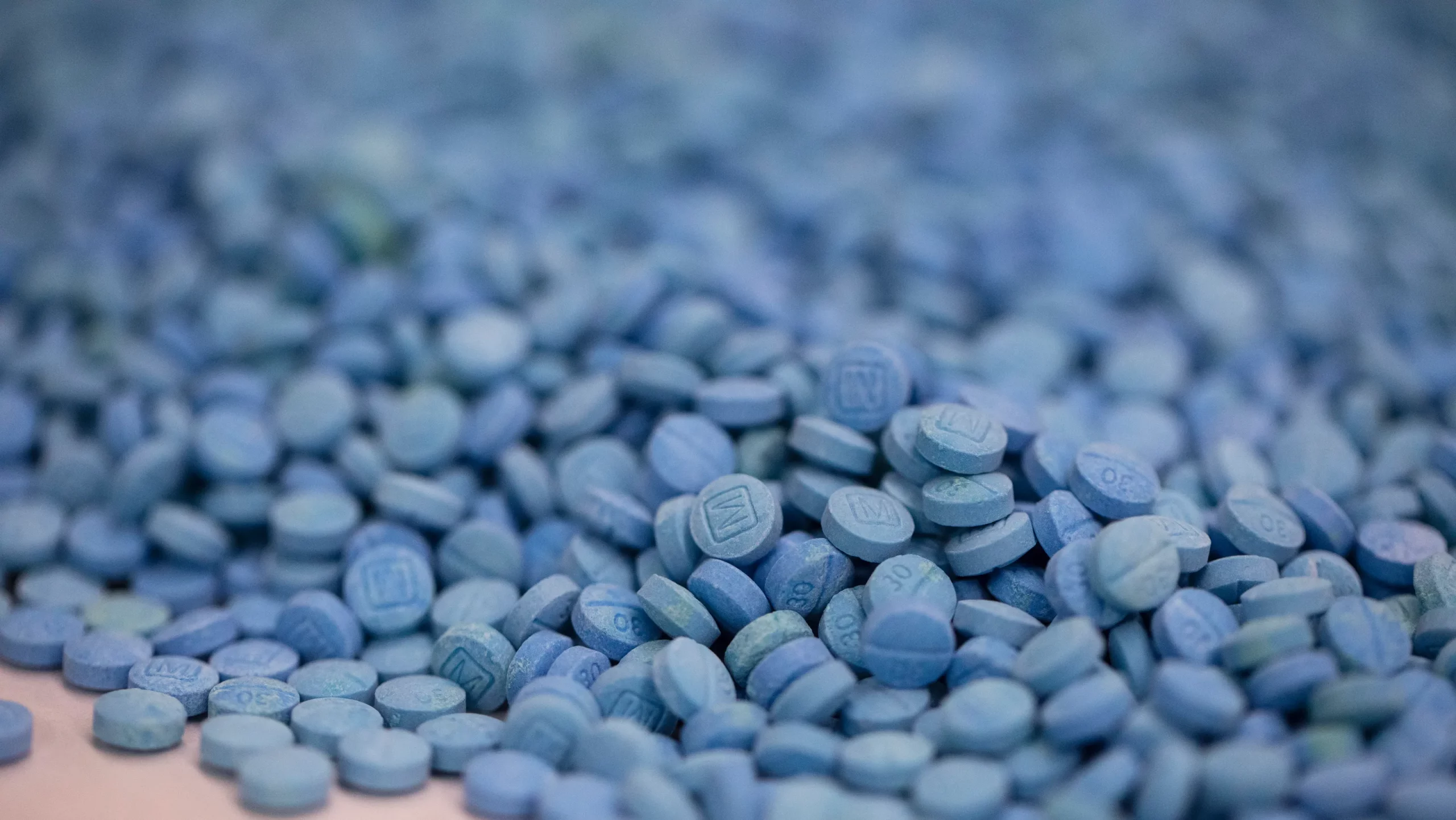Every day brings more evidence that our nation’s youth are facing a mental health crisis: rates of depression, anxiety and suicidal thoughts among young people are on the rise, and so are adolescent deaths from drug poisoning.
By late 2021, the number of adolescents dying from drug poisoning each month had more than doubled, with 84% of these deaths involving illicit fentanyl, including fake prescription pills. Two out of every 5 of these young people also had mental health issues.
Yet in 2021, almost none of the people ages 12-17 who had both a mental health condition and a substance use disorder received care for both conditions. Stigma against these conditions, barriers to care and families not knowing where to turn for help all played a role.
As physicians, we’ve seen how the twin crises of untreated mental illness and unsafe substance use are killing young people and tearing families apart across America. These are driven by the deadliest drug supply we’ve ever seen and the fact that too few young people have access to the prevention and care that we know can help.
It has, simply put, left too many parents, siblings, families and friends grieving loved ones and trying to understand how these tragedies could have been prevented.
Here’s the good news: We can all take action to help.
Addressing both mental health and substance use is a top priority for President Joe Biden, and he has taken key actions to increase access to lifesaving public health services and invested billions of dollars in communities to address mental health and substance use. In fact, when he announced a Unity Agenda for the nation, he focused on key issues both Democrats and Republicans can come together to solve, and mental health and the opioid epidemic were on of the list.
That’s because mental health and substance use disorder aren’t red state or blue state issues. They aren’t racial or gender, urban or rural, or rich or poor issues. They’re America’s issues. And if you’re a parent, an educator, a pediatrician or just concerned about the young people in your life, you can take action, too. How?
How to spot warning signs in children’s behavior
If you’re a parent, you can look for warning signs, such as sudden or extreme changes in your children’s behavior, sleep patterns, dietary practices, social engagement or educational performance. You can open a conversation with your kids about the risks of substance use, and about the importance of caring for their mental health and well-being, just as we both have with our own kids.
And you can talk to their pediatrician about screening for substance use and mental health conditions, and if needed, treatment options. The Substance Abuse and Mental Health Services Administration offers a range of resources for parents, providers and teachers, including where to find treatment.
Here’s another thing you can do: Data shows that two-thirds of adolescent drug poisoning deaths occurred with others nearby, but Naloxone was not administered. Immediate responses can save lives. So you can get trained on how to administer Naloxone to reverse an opioid overdose and keep it on hand.
As physicians, we have both provided these trainings to countless people. In March, the Food and Drug Administration announced that Naloxone can be bought over the counter, so it’s more accessible than ever.
If you’re an educator, you can promote positive, safe school environments and lead evidence-based awareness campaigns in your school and community. You can learn to recognize signs of a mental health or substance use disorder and take action. You can advocate to have Naloxone present in your school. And thanks to funding from the American Rescue Plan and the Bipartisan Safer Communities Act, more resources are available to expand school-based mental health and substance-use prevention programs.
Finally, if you’re a pediatrician, you can regularly ask your patients about substance use and mental health, and follow the SBIRT protocol – Screen, Brief Intervention, and if appropriate, Referral to Treatment. You also can ensure patients receive care for their co-occurring disorders.
There are more resources available for engaging our youth. And families can call or text 988 to get immediate mental health crisis support. With the unprecedented challenges they face, it’s never too soon to talk to adolescents about substance use and mental health.
Deaths from drug overdoses have stopped rising
Thanks to all these efforts, we’re making progress: Drug poisoning deaths flattened last year after sharp increases from 2019 to 2021, meaning about 19,000 people are still alive – and we need to keep the momentum going.
As a nation, we know how to address the twin crises of untreated mental illness and unsafe substance use, and by working together, we can provide families with access to lifesaving treatment, prevent substance use and drug poisoning and suicide deaths, and ensure young people have the tools they need to thrive.




